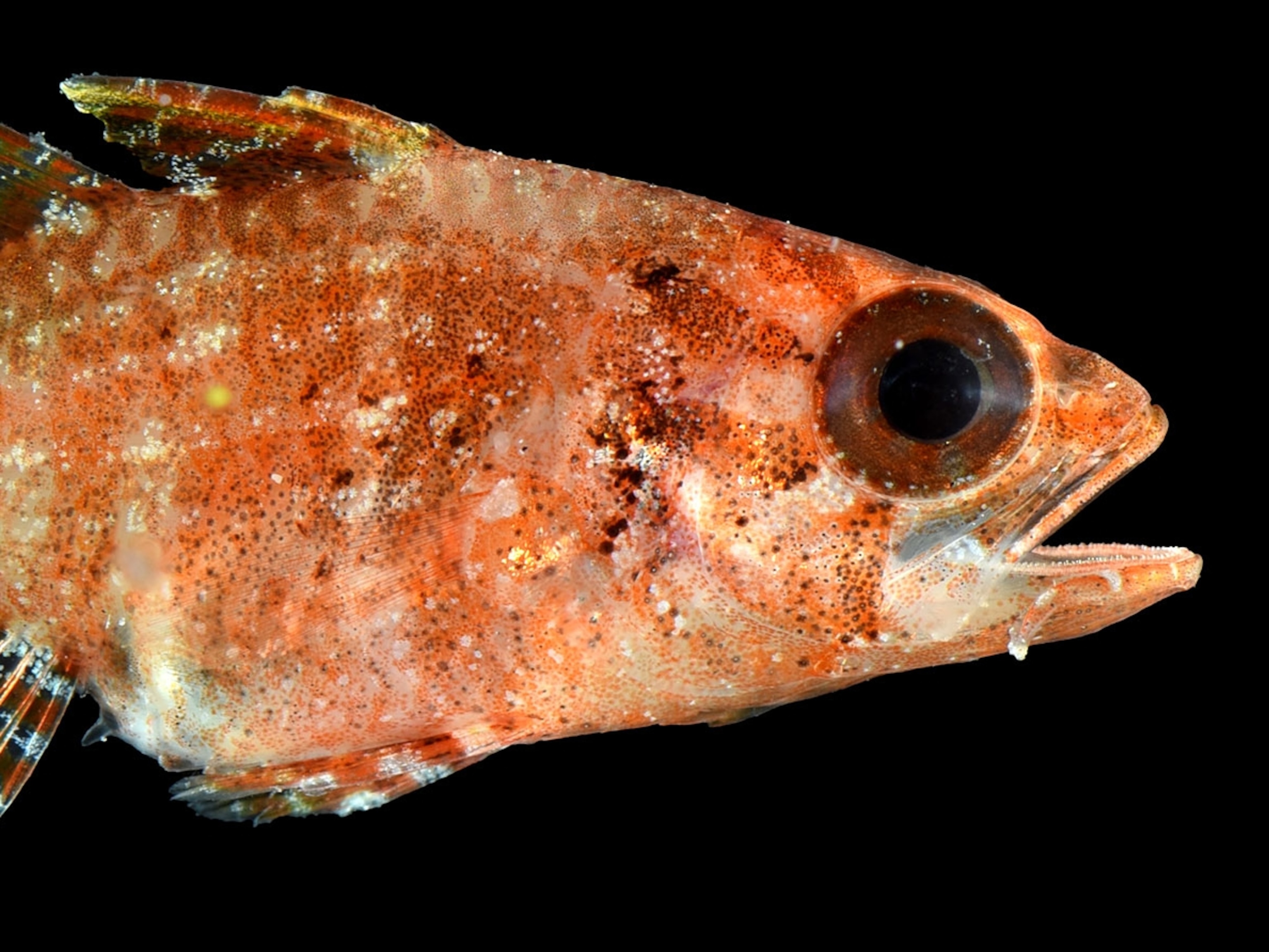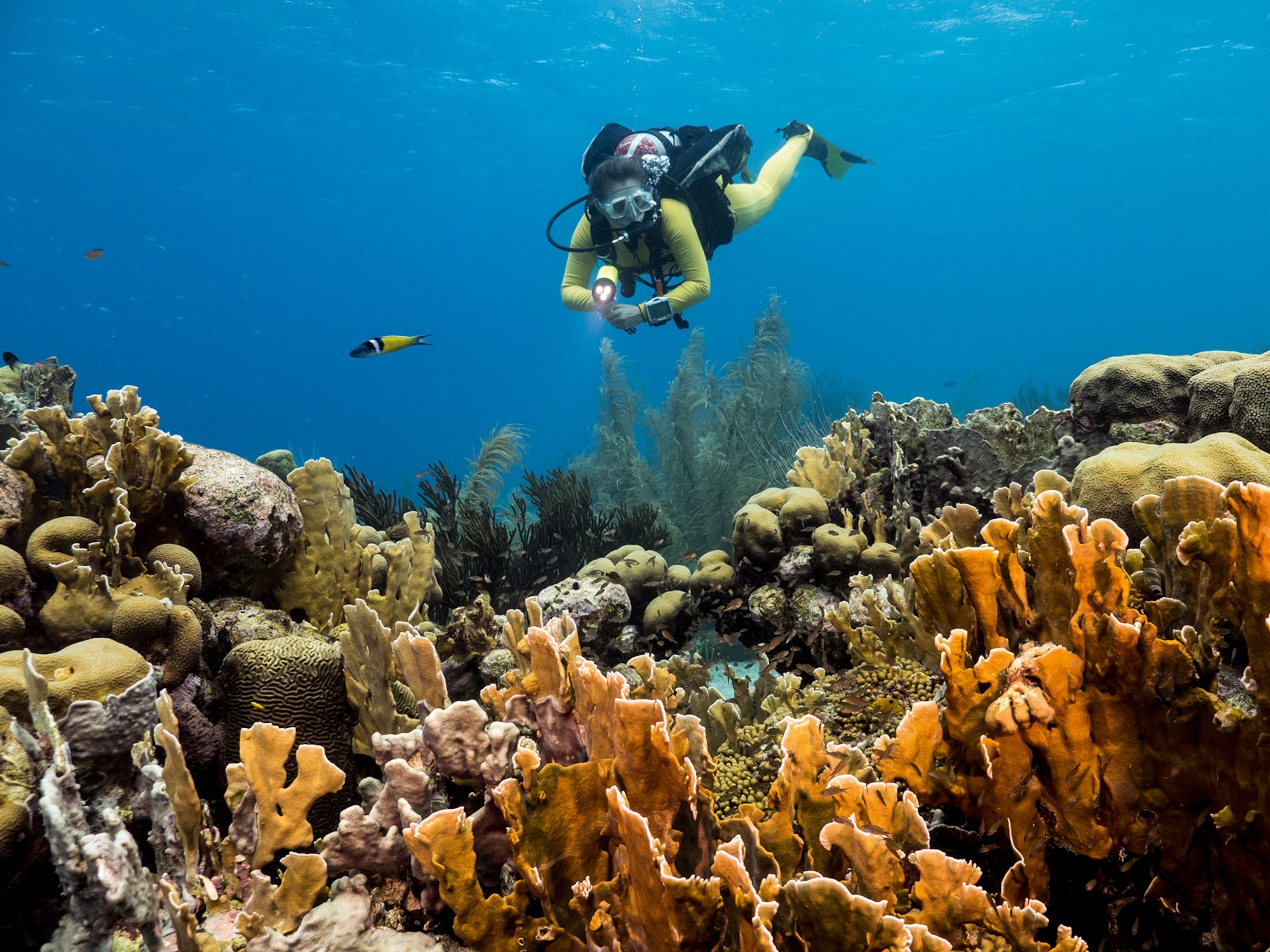
Deep-Sea Vehicle Nereus Lost 6 Miles Down
A catastrophic implosion likely led to the loss of the only scientific vehicle that could work at such extreme depths.
On Friday a deep-sea robotic vehicle named Nereus vanished under the weight of 6.2 miles (9,977 meters) of water in the western Pacific Ocean.
Surface debris—spotted the day after researchers on a support ship lost contact with the vehicle—suggested Nereus suffered a catastrophic implosion while exploring the Kermadec Trench northeast of New Zealand.
Owned and operated by the Woods Hole Oceanographic Institution (WHOI) in Woods Hole, Massachusetts, Nereus was the only scientific vehicle currently operating that could work at such extreme depths. Its loss has "certainly put a big rent in the works here," says Susan Avery, president and director of WHOI.
Nereus was lost 30 days into a 40-day expedition to explore the second deepest trench in the world. Scientists plan to finish their research trip with the remaining tools available to them, including baited traps, an underwater elevator, and other instruments they can send over the side of the ship and subsequently recover.
Nereus was also scheduled for five or six more expeditions later this year, Avery says. Now, all of those projects will have to go back to the drawing board to see what can be salvaged from this loss.
Shattered Remains
Researchers on Nereus's support ship, the R.V. Thomas G. Thompson, had just used the vehicle to collect a sea cucumber on May 9 when their camera feeds went dark. This had happened before, WHOI spokesperson Ken Kostel wrote in a statement, and operators on the ship weren't particularly worried.
Then they also lost touch with a positioning system on Nereus that kept track of the vehicle's location in relation to the ship. Under such circumstances, the robot was programmed to wait a half hour so that the ship could be moved a safe distance away from its last known location, then drop the weights keeping it at the bottom so that it could surface.
Expedition members on the ship had waited for signs of their vehicle for almost 24 hours, when the crew spotted chunks of plastic in the water. When they brought the plastic onboard, "it was without a doubt pieces of Nereus," wrote expedition leader Casey Machado on WHOI's Facebook page.
Out With a Bang
Scientists speculate that a portion of their robot imploded under the immense pressures—about 16,000 pounds per square inch—in the ocean depths.
Certain parts of an underwater vehicle like Nereus, such as sensitive electronics, must be kept at the same pressure they'd experience at sea level, says Steve Etchemendy, director of marine operations at the Monterey Bay Aquarium Research Institute (MBARI) in California. He is in charge of the research organization's ships, remotely operated vehicles (ROVs), and autonomous underwater vehicles (AUVs).
If those parts of the vehicle fail and experience uncontrolled pressure changes, "it's like sticks of dynamite going off," Etchemendy says.
The loss of the exploration vehicle won't be easy to overcome, WHOI's Avery says. Nereus was an $8 million investment and it was one of a kind, she says. Movie director James Cameron's submersible DEEPSEA CHALLENGER can dive to 33,000 feet (10,000 meters), but it can't do so with the regularity needed for the kind of scientific research WHOI conducts, she says.
"This is a tragic loss for deep science," Cameron wrote in a statement posted to WHOI's Facebook page. He called for an evaluation of the nation's ability to explore the deep sea—and lamented how the loss of Nereus will affect access to "the last great frontier for exploration on our planet."
Follow Jane J. Lee on Twitter.





